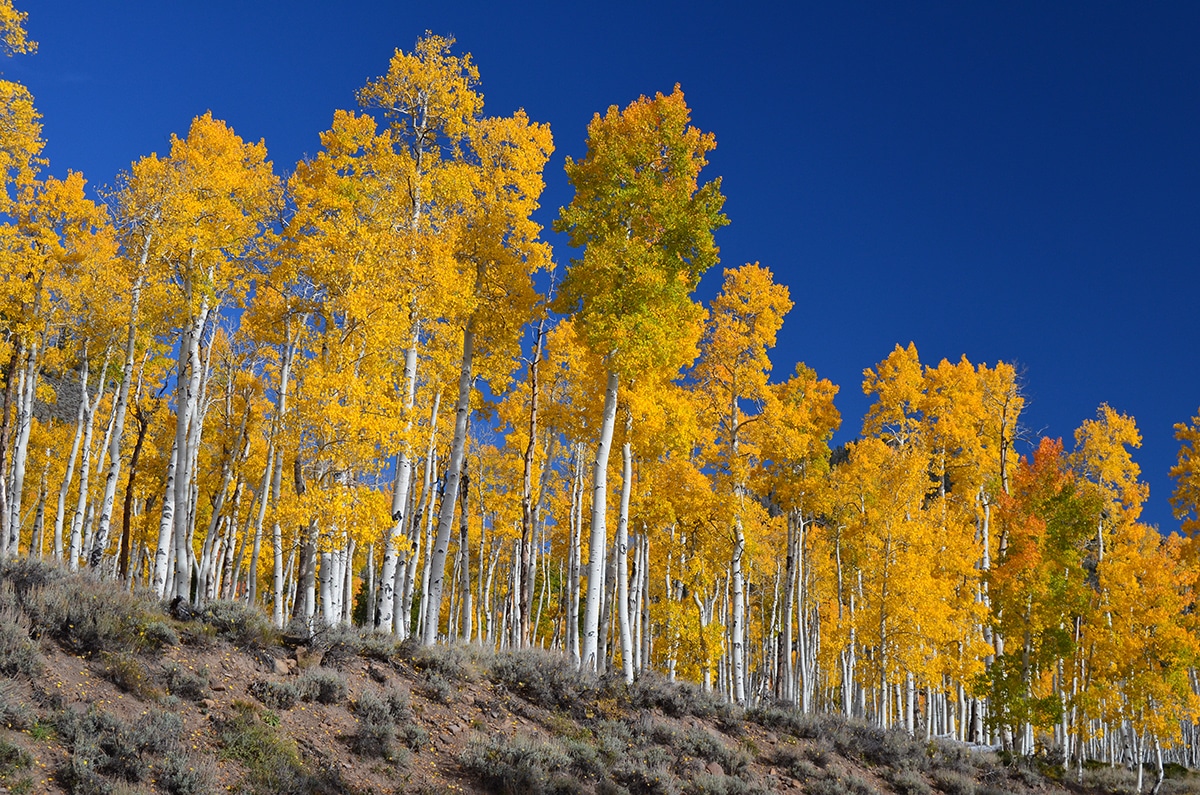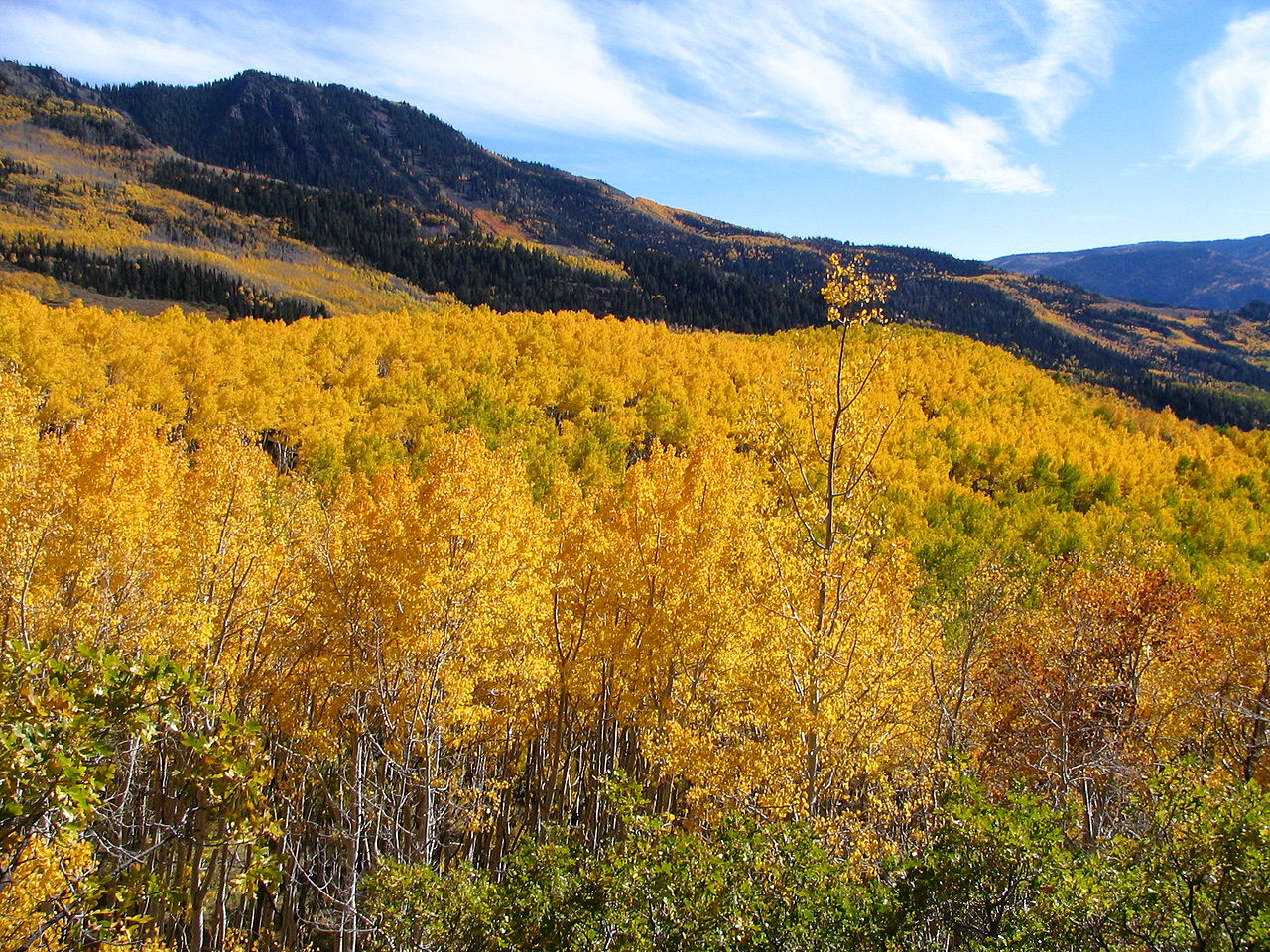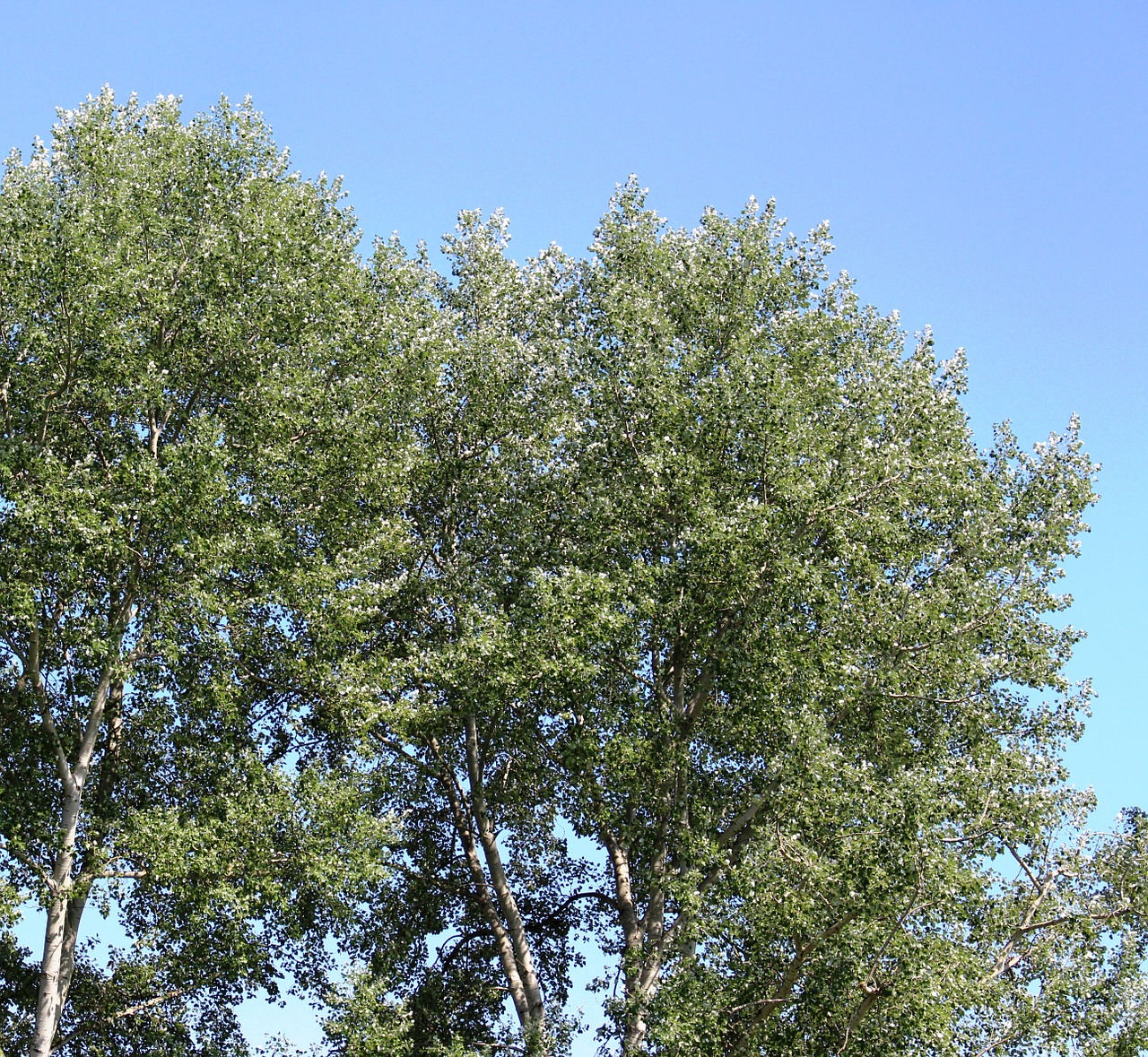
Plants always have the power to surprise us. We think we know them, but the reality is that there is still much to discover. Even if they behave in an expected way, they can exceed our expectations. That's just what happens to him Pando, one of the oldest and heaviest plant organisms in the world: it is estimated that, collectively, weighs neither more nor less than 6615 tons.
It is the tree known as aspen, which is very common in North America. This has the ability to multiply asexually, that is, in ways that seeds are not necessary, but can be either by producing root sprouts, or by cuttings. In the case of the pando, luck seems to have smiled on its root system: it is estimated to be around 80.000 years old.
What is the history of the pando?

The history of the pando is still unclear. It is thought that it had to grow in the best conditions, which in its case are frequent fires, and climatic conditions that followed the pattern of a humid environment to a semi-arid one. On the one hand, the fire prevented the conifers, its main competitor, from expanding; and on the other, the alternation of frequent rains with drought prevented their seeds from reaching a good port and the young poplars from surviving.
The question you may be asking yourself is: how did you manage to get by after a fire? Thanks to its roots, which when growing underground, could be protected. Thus, its root system can boast of being the oldest in the world: 80.000 years old.
Today fires are synonymous with death, natural disaster, and for good reason: the vast majority are caused by human beings who also seek to colonize these green areas. But we have to keep in mind that natural forest fires, that is, those that are NOT caused by humanity, but by the climate of the area, are part of these ecosystems.
I'm going to get off the topic a bit now, but for example the eucalyptus forests of Australia need fires from time to time - I insist, natural ones - since otherwise the specimens would grow and grow, and the young would not have a chance. to live. In time, that forest would die. And that is not to mention the certain African plants that we adore today, such as the protea. The seeds of these shrubs that produce spectacular flowers can only germinate after being subjected to high temperatures.
As you can see, fires are important for certain regions. Therefore, plants like the pando can be considered lucky.
What are their characteristics?
Although when looking at it in one image it may seem that there are many aspen specimens growing together, in reality they all come from the same root system, which means that they are all the same. This colony of clones occupies an area of 43 hectares and is made up of about 47.000 stems. The life expectancy of each of these stems is around 130 years.
The most interesting thing is that each stem or trunk can produce lateral roots to promote the growth of new stems, with which, the pando can expand more if the conditions are suitable.
Has it ever flowered?

Image - Wikimedia / Matt Lavin
We have said that pando is what it is thanks to the production of root shoots, but ... has it ever flourished? The vast majority of plants multiply, above all, by seeds, as it is the most effective method to ensure the survival of the species, but what happens with trees that can be cloned naturally?
Well, the answer is as simple as it is complicated: the pando of course blooms and produces seeds, but only those that are near lakes or springs will survive, or concentrated in hotspots or other topographic depressions.
As a curiosity, to say that there are other groups of aspen trees located in western North America that have not flowered for at least 10.000 years, since the last ice age.
Where exactly is the pando tree found?
If you want to go see what has been considered one of the 40 Wonders of America, you have to visit the fish lake plateau, in the extreme west of the Colorado Plateau, in the state of Utah, United States. Don't forget your camera and / or your mobile, because the beauty of this neighborhood is spectacular 😉.
Aspen characteristics

The pando belongs to the species Populus tremuloides, that is, the American aspen (in Europe we have the populus, which is also known as aspen). It is a deciduous tree native to North America, reaching as far north as Canada.
It can reach a height of up to 25 meters, with a trunk between 20 and a maximum of 140 centimeters in diameter. The leaves are almost rounded, with a size of 4 to 8 cm in diameter, green in color except in autumn when they turn yellow.
Produces flowers in catkins during spring, and can be female or male. The fruit is a 1cm-long capsule, and in each of them there are about 10 seeds that have a cottony fluff attached which helps them to disperse easily with the help of the wind.
It is a plant that it resists very well high temperatures, as well as intense frosts. In addition, it tolerates pruning, which is why it is often used as a high hedge.
What did you think of the pando?